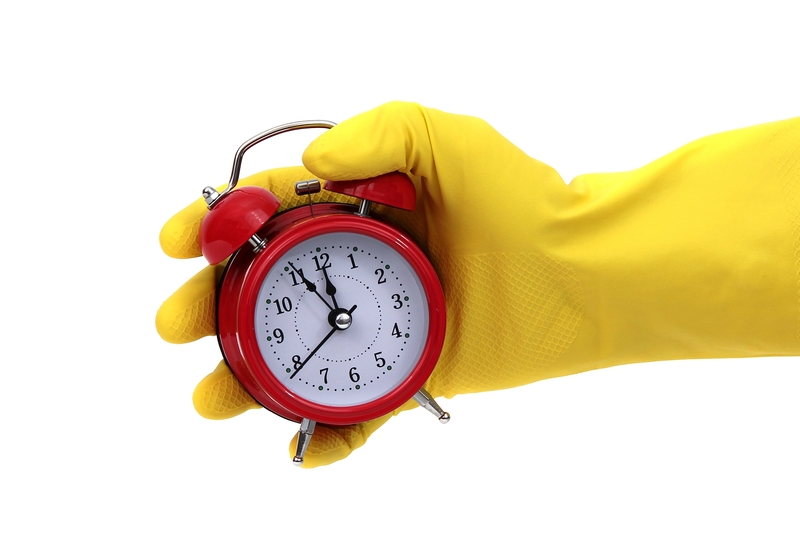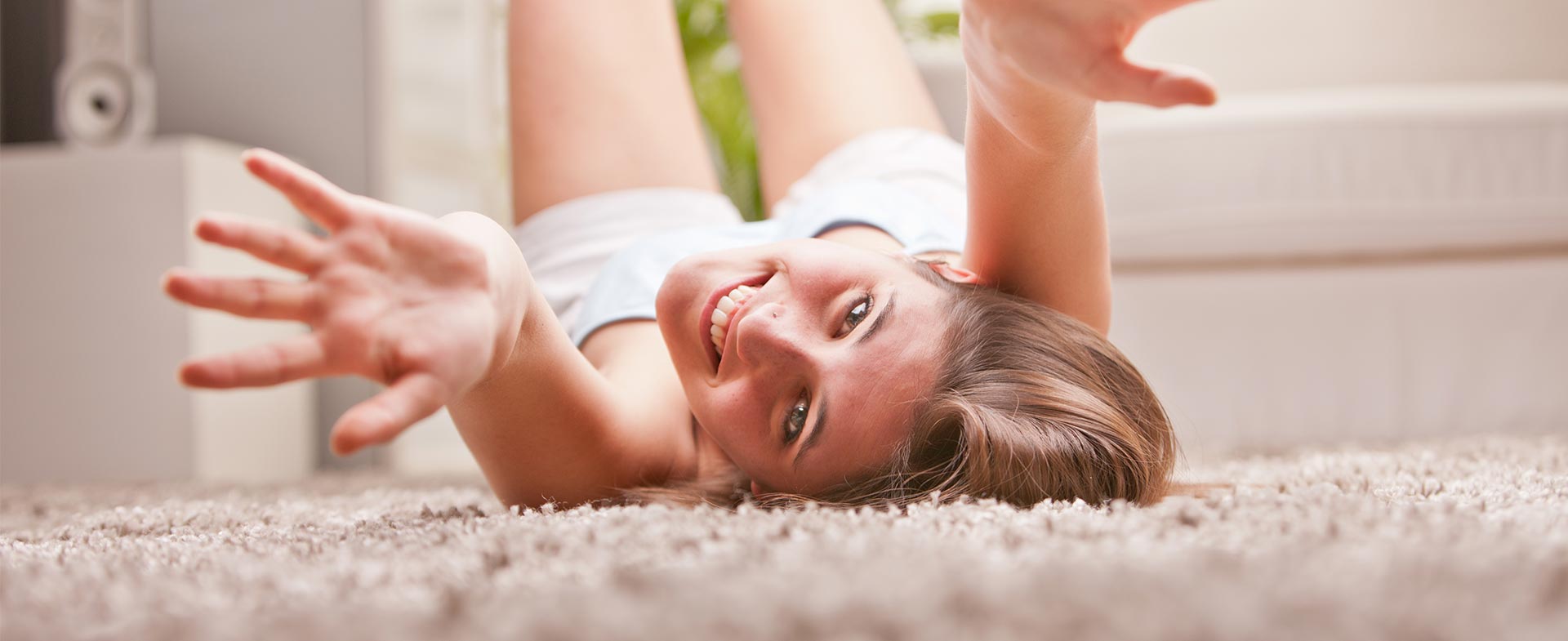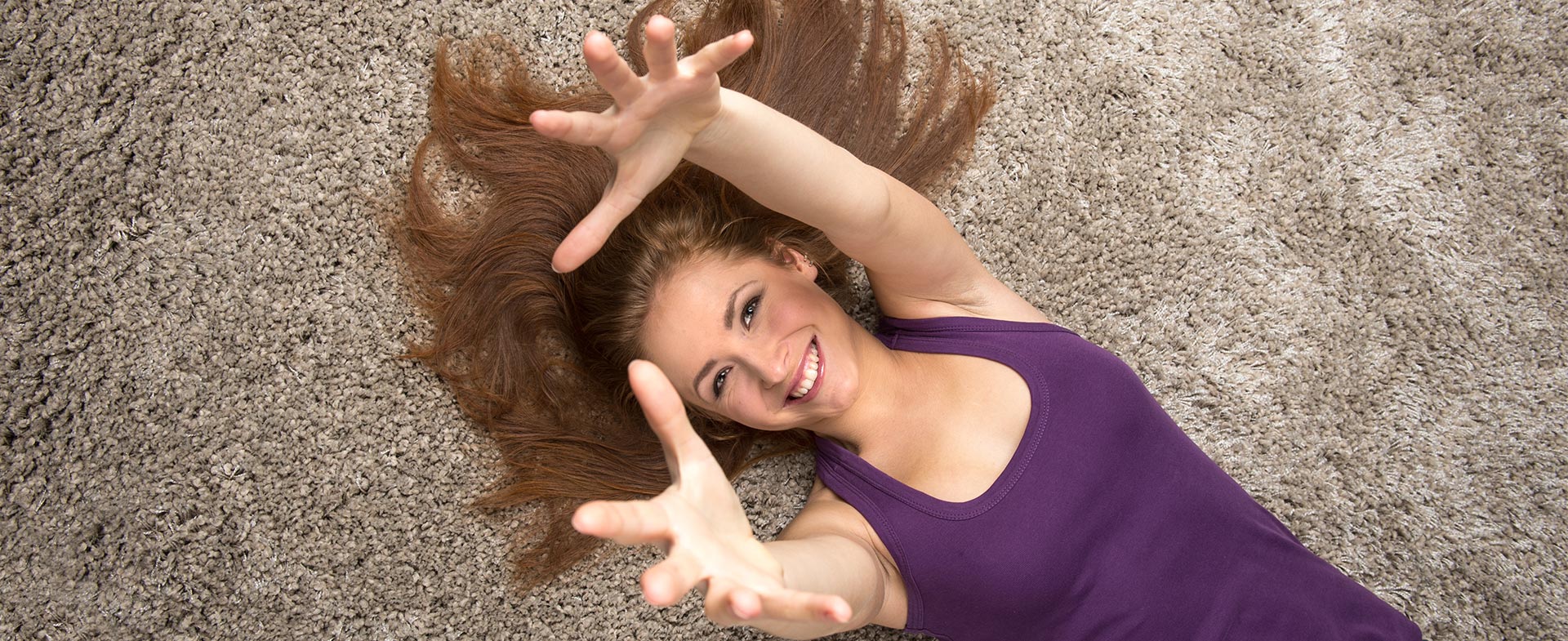Unveil the Secrets to a Clean Burnt Stovetop Surface
Posted on 02/07/2025
Unveil the Secrets to a Clean Burnt Stovetop Surface
Cooking is a delightful experience, but the aftermath--especially a burnt stovetop surface--can turn kitchen joy into a cleaning nightmare. If you've ever stared at stubborn scorch marks, baked-on grease, and unsightly stains, you're not alone. How to clean a burnt stove top? This comprehensive guide will reveal the secrets and effective methods to restore your stovetop's sparkle, leaving it looking as good as new.

Why Is My Stovetop Burnt and Stained?
Before tackling the burnt-on grime, let's understand why it happens. Most stovetop surfaces--whether glass, ceramic, enamel, or stainless steel--are prone to spills, splatters, and overflows. When food residues aren't wiped up immediately, the high cooking heat bakes them on, resulting in stubborn burnt spots and discoloration.
- Spills and boiled-over pans can cause sugar, starches, and sauces to burn onto the surface.
- Oil splatters and fat drippings can leave sticky, hard-to-remove stains.
- Neglecting regular cleaning allows debris to build up and become extra tough.
Safety First: Preparing to Clean a Burnt Stove Top
Cleaning a burnt stovetop involves handling strong products and sometimes using a bit of elbow grease. Ensure your safety by following these steps:
- Let the stove cool completely before attempting any cleaning.
- Unplug any electric appliances nearby.
- Use gloves to protect your hands from harsh chemicals or cleaning tools.
- Gather all necessary cleaning supplies to avoid interruptions.
Best Cleaning Products & Home Remedies for Burnt Stovetops
There are many ways to tackle a burnt stove top surface, from commercial cleaners to natural alternatives. Below, we outline the most effective methods to clean burnt stovetops, categorized for different materials.
1. Glass and Ceramic Stovetop Cleaning
Glass and ceramic cooktops are susceptible to scratches, so gentle methods are key. Here's an easy-to-follow routine:
- Vinegar and Baking Soda Paste: Sprinkle baking soda generously on the burnt areas, then spray white vinegar over the top. Let it fizz for a few minutes.
- Cover with a Towel: Dampen a clean towel with hot water and lay it over the affected area for about 15-20 minutes.
- Gently Scrub: Use a soft sponge or a non-abrasive scrub pad to gently remove the loosened residue. Avoid steel wool!
- Wipe Clean: Wipe away the debris with a microfiber cloth and buff the surface for shine.
2. Enamel and Porcelain Stovetops
Enamel is durable, but can chip. Porcelain is durable yet also sensitive to abrasives. For these, follow these steps:
- Dish Soapy Solution: Mix warm water with a few drops of dishwashing detergent. Soak a sponge and gently scrub the surface.
- Baking Soda Boost: For persistent spots, sprinkle baking soda and let it sit for 5-10 minutes. Scrub gently.
- For Stubborn Stains: Prepare a paste of baking soda and hydrogen peroxide. Apply, wait 10 minutes, then wipe clean. !
3. Stainless Steel Burnt Stove Top Cleaning
Stainless steel is popular, but can quickly discolor or scratch if the wrong chemicals are used. Here's how to revive its shine:
- Degreaser Spray: Apply a kitchen degreaser or a vinegar-water mix (1:1 ratio) to the burnt zones.
- Scrub with the Grain: Always scrub following the steel's grain using a soft brush or sponge.
- Baking Soda Paste: For stubborn spots, repeat with a thick baking soda paste.
- Rinse and Dry: Rinse with clean water and dry thoroughly with a soft cloth for a streak-free shine.
4. Commercial Cleaners for Burnt Stovetops
Products specifically designed for stovetop cleaning--like Bar Keeper's Friend, Weiman Cooktop Cleaner, or Cerama Bryte--can help in cases of tough burnt-on residue. Always follow manufacturer instructions and spot-test on an inconspicuous area.
Tried-and-Tested Secrets for Deep Cleaning Burnt Stovetop Surfaces
You may need a deeper cleaning session if household remedies fail. Here are specialty techniques for deep cleaning burnt stove tops and restoring their appearance.
Secret 1: The Steam Clean Trick
- Boil a large pot of water and carefully pour it over burnt areas, allowing the steam to loosen debris.
- Cover the surface with a damp towel for 10 minutes, then wipe and scrub gently.
Secret 2: Razor Blade Scraper
- For glass and ceramic cooktops only, use a razor blade scraper held at a 45-degree angle to gently lift burnt-on food.
- Always wet the area and use light pressure to avoid scratching.
Secret 3: Lemon Juice Power
- For light discoloration or water stains, rub a cut lemon directly on the spots, allow the juice to sit, then scrub and rinse.
Secret 4: Overnight Method
- For severe cases, make a thick paste of baking soda and water, spread on the stains, cover with plastic wrap, and leave overnight. Wipe clean in the morning.
Preventing a Burnt Stovetop Surface: Pro Tips
Now that you've unveiled the secrets of cleaning burnt stovetops, let's keep your surface looking pristine with these preventive measures:
- Wipe Up Spills Immediately: The longer spills sit, the harder they are to clean.
- Use Drip Trays or Mats: Place them under pots and pans to catch overflows and make cleanup easier.
- Regularly clean the surface after each use with a damp microfiber cloth and mild detergent.
- Deep Clean Weekly: Set a schedule for weekly thorough cleaning to prevent burnt-on buildup.
- Choose the right cleaning products for your specific stovetop material.
FAQs: Burnt Stove Top Cleaning Questions Answered
Can I Use Vinegar and Baking Soda on Every Stovetop?
While this combination is effective on many surfaces, some manufacturers advise against its use on certain glass or induction cooktops. Always check your stovetop manual first.
Is It Safe to Use Steel Wool on Burnt Stovetops?
*No.* Steel wool can scratch and ruin delicate surfaces. Use non-abrasive pads, sponges, or microfiber cloths instead.
How Can I Remove Tough, Black Burn Marks?
For intense black burn marks, try a paste of baking soda and hydrogen peroxide, let it sit, and scrub gently. For glass surfaces, use a razor blade with caution.
Do Commercial Stovetop Cleaners Work?
Yes, if you follow the instructions. Products like Bar Keeper's Friend, Cerama Bryte, and Weiman are designed to cut through burnt-on food and stains.
Restoring Shine After Cleaning a Burnt Stove Top Surface
After you've successfully cleaned the burnt stovetop, you might want to restore its original shine:
- Buff with Vinegar: Spray distilled white vinegar and polish with a microfiber cloth for a streak-free finish.
- Use a Special Stovetop Polish: For glass tops, a few drops of cooktop polish can add gloss and help repel future spills.

Summary: The Ultimate Steps to a Spotless Stovetop
The next time you're facing the aftermath of a culinary masterpiece--or mishap--remember these burnt stove top cleaning secrets:
- Act Quickly. The sooner you clean, the easier the process.
- Choose the Right Method for your stovetop material--glass, ceramic, stainless steel, or enamel.
- Use Home Remedies like baking soda, vinegar, or lemon for mild to moderate stains.
- Deep Clean Stubborn Burns with specialty tools (like a razor scraper) and overnight soaks for severe spots.
- Protect and Maintain your stovetop regularly to prevent future burnt-on messes.
Unlock the Sparkle: Final Words on Burnt Stovetop Cleaning
With these insider tips and tried-and-true cleaning strategies, you can unveil the secrets to a clean burnt stovetop surface and ensure your cooktop remains the gleaming centerpiece of your kitchen. Don't let burnt-on stains dull your cooking enthusiasm--embrace these techniques as part of your cleaning arsenal and enjoy a spotless, inviting stovetop every day!
Ready for your next culinary adventure? With these secrets up your sleeve, even the messiest kitchen mishaps are no match for your cleaning prowess!








